All this sweet talk on sugar is making families confused and even guilty about eating a piece of fruit. Some health reports say sugar is safe and others report we must go cold turkey and completely deny this white stuff.
The most important part of the story has been overlooked: the question should be what are the safe and unsafe amounts of sugars.
The poison is in the dose. Lactose, glucose, and fructose are all sugar. Lactose is the sugar component from dairy products. Glucose in our natural food supply is used for brain and muscle energy when they are in need of refuelling. Both lactose and glucose sugars have an important place in our diets. Fructose is metabolised in a different way than lactose and glucose. However, too much sugar is too much sugar, in any form and excess consumption is not good for our wellbeing. Excessive quality proteins or fats are not good for our health either. Our health and the health of our children is in danger because we are not aware of the amount of hidden sugars in our foods. Becoming knowledgeable and aware of the names of hidden sugars and quantities is one task we should all commit to this year. The Sugar Disguise Manufacturers are good at disguising sugar. Every manufacturer product in Australia has a nutritional panel. Become a label reader and note that ingredients are listed in decreasing order by weigh on the packet. LOOK FOR Sugar in disguise:
- Turbinado sugar
- Raw sugar
- Maltodextrin
- Barley malt
- Malt sugar
- Corn syrup
- Sucrose
- Maltose
- Dextrose
- Manitol
- Fructose
- Glucose
- Molasses
- Treacle
- Malt extract
- Syrup
- Fruit concentrate
The Sugar Surprise If the nutritional panel says that a muesli bar has 36 gr of sugar, that means that is roughly 8 ½ teaspoons of sugar in some form. If a can of soft drink or ginger beer has 48 grams of sugar, that is 12 teaspoons of sugar. If a small container of honey yogurt claims 28 grams of sugar, then it contains 7 teaspoons of some form of sugar. For a general rule of thumb divide the number of grams of sugar by 4 and you will see how many teaspoons of sugar there are in the serving size of that product. The American Heart Association states that for optimal health we should only be consuming 6-9 teaspoons of sugar per day, yet most of us are consuming more than 30 per day. The World Health Organisation is currently working on a new proposal on its recommendations of 6 teaspoons per day for optimal health.
| Try This | Not This | Why? |
| Real Oats drizzled with maple syrup | Boxed cereals | A small serving size of some pre-sweetened cereals can contain up to 7 teaspoons of added sugars. You would not put 7 teaspoons of sugar on your oats. |
| Cocoa, Almond & Date protein balls | Packaged muesli bars | Homemade protein balls contain natural sugars and you control the amount. ’Healthy muesli’ bars are often full of hidden sugars- usually about 5 tsp per bar.. |
| Greek plain yogurt with honey and seeds | Fruit flavoured yogurt | Flavoured yogurts contain concentrated fruit syrups or purees and lots of hidden sugar. Often about 7 teaspoons per serve. |
| Dark chocolate bar | 99% fat free lollies | Don’t fall for ‘fat free’ marketing. A one kilo bag of sugar can claim to be fat free. A small handful will be about 6 teaspoons of sugar. |
| Fruit, yes fresh fruit! | Fruit juice | Fresh fruit is full of vitamins and minerals. Most importantly, it is full of fibre, which slows down the way its natural sugar effects blood sugar. It is too easy to drink a 3 minute apple juice without fibre, but it is not easy to eat the five apples the juice was made from. Even though it is natural sugar – there is about 5 teaspoons. |
| Water, coconut water, homemade smoothies, vegetables juices, teas, coffees, sparking water with a splash of fruit juice. | Soft drinks, flavoured milks, flavoured coffees, premade smoothies, and sports drinks | Check the label on these products. Liquid sugars are one of the primary risk factors for diabetes, obesity and other health sugar related conditions. Most sodas have at least 10 teaspoons of unnatural sugars in them! |
A true sugar addict may find coming off sugar completely and then easing your way back into a low- sugar lifestyle is a worthy transition and a profitable investment in your health. Once you begin eating real, whole food, you will forget about the junk food of the past and the fear of sugar.

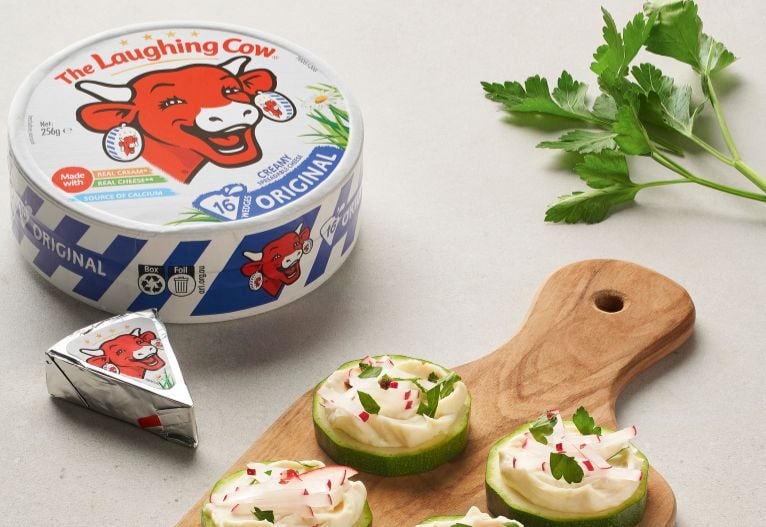


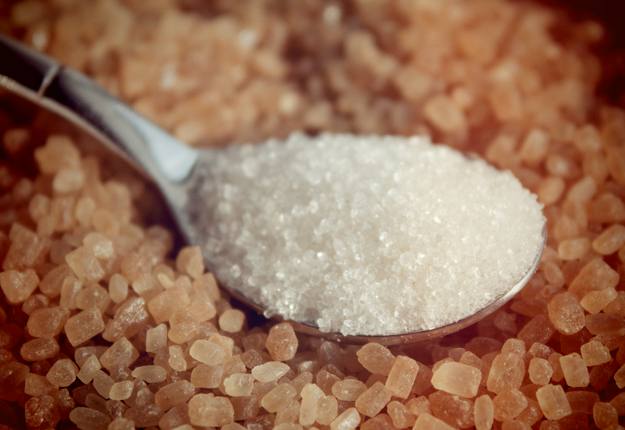



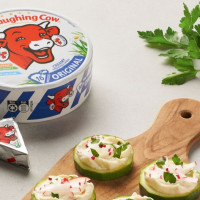


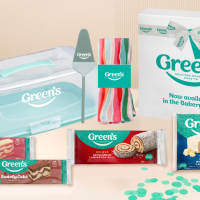



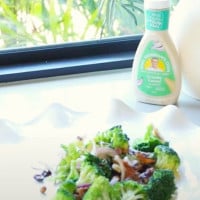

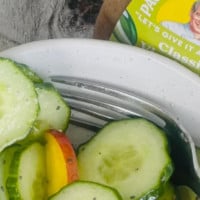


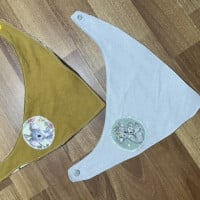
9:34 pm
2:59 pm
9:21 pm
-

-
-
-
june11 replied
- 05 Oct 2014 , 10:07 pm
Reply11:12 am
8:49 am
10:01 am
10:39 am
6:32 pm
11:13 am
3:59 pm
10:10 pm
3:56 pm
8:46 am
8:27 am
8:03 am
8:55 pm
10:15 am
7:21 pm
3:13 pm
11:59 am
- «
- 1
- 2
- 3
- …
- 5
- »
Post a commentTo post a review/comment please join us or login so we can allocate your points.